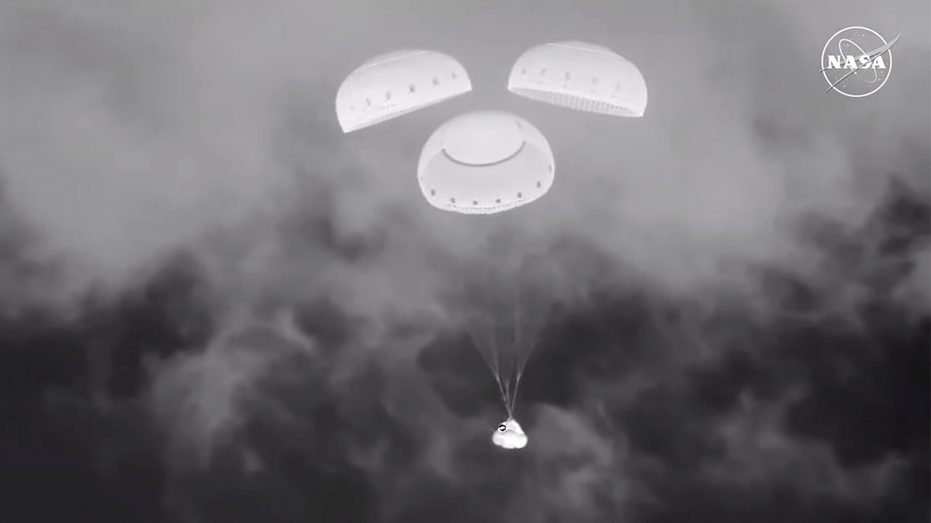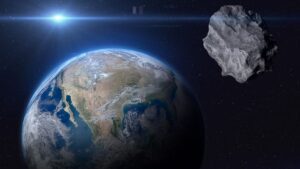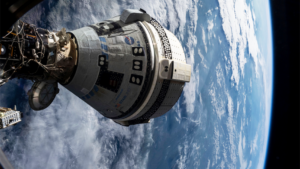
Boeing’s Starliner Spacecraft Returns to Earth: A Crew Left Behind
Boeing’s Starliner spacecraft successfully landed back on Earth early Saturday morning, marking a significant yet bittersweet milestone for the aerospace giant. The capsule returned uncrewed as NASA opted to keep two test pilots, Butch Wilmore and Suni Williams, aboard the International Space Station (ISS) until early next year due to safety concerns.
Successful Landing After a Challenging Mission
The Starliner made its descent into New Mexico’s White Sands Missile Range, parachuting down six hours after undocking from the ISS, with a landing time recorded at 12:01 a.m. ET. Ken Bowersox, associate administrator of NASA’s Space Operations Mission Directorate, expressed pride in the team’s efforts, stating, “I am extremely proud of the work our collective team put into this entire flight test, and we are pleased to see Starliner’s safe return.”
Bowersox acknowledged the challenges faced during the mission, saying, “Even though it was necessary to return the spacecraft uncrewed, NASA and Boeing learned an incredible amount about Starliner in the most extreme environment possible.”
Delays and Technical Challenges
This latest mission follows a series of setbacks for Boeing’s Starliner, which has faced significant delays since its initial launch attempt in June. The spacecraft has been plagued with issues, including thruster failures and helium leaks, which raised red flags among NASA engineers regarding the safety of the crew’s return.
Despite Boeing’s assurances of safety following extensive testing, NASA decided against returning Wilmore and Williams on the Starliner, instead choosing SpaceX to transport them back to Earth. The SpaceX crew capsule is set to launch later this month, meaning the astronauts will remain aboard the ISS until February.
History of Setbacks for Starliner
The Starliner mission has been fraught with complications, dating back to its initial uncrewed test flight in 2019, which encountered problems that required a do-over. The recent challenges, including a reported helium leak even before launch and multiple thruster failures during the flight, have resulted in over $1 billion spent on repairs and modifications.
NASA originally intended for Wilmore and Williams to return to Earth shortly after the spacecraft’s launch, but issues with the thrusters led to a reassessment of the situation. After implementing software updates, the capsule departed with the astronauts’ blue spacesuits and equipment from the ISS.
Looking Ahead: Future Missions and Continued Collaboration
Following the Starliner’s return, NASA plans to shift the spacecraft back to Kennedy Space Center for further analysis. Mark Nappi, vice president and program manager of Boeing’s Commercial Crew Program, commended the teams involved for their hard work and dedication, stating, “We will review the data and determine the next steps for the program.”
NASA’s commercial crew program manager, Steve Stich, expressed optimism about the future, emphasizing the importance of having multiple U.S. companies, including Boeing and SpaceX, providing astronaut transportation services. This collaboration aims to ensure a steady flow of crewed missions to the ISS until its planned retirement in 2030.
Final Thoughts
In conclusion, despite the challenges presented by the Starliner mission, the successful return of the spacecraft marks a crucial step toward eventual crewed flights. As NASA and Boeing work together to address the issues encountered, the lessons learned during this mission will pave the way for a safer and more reliable future in space travel.
Content contributed by various sources.

